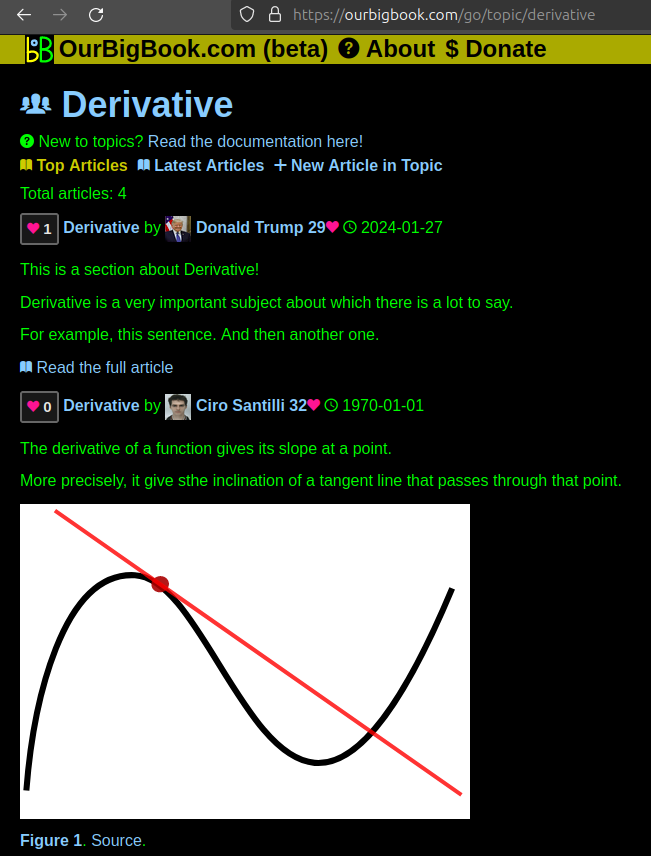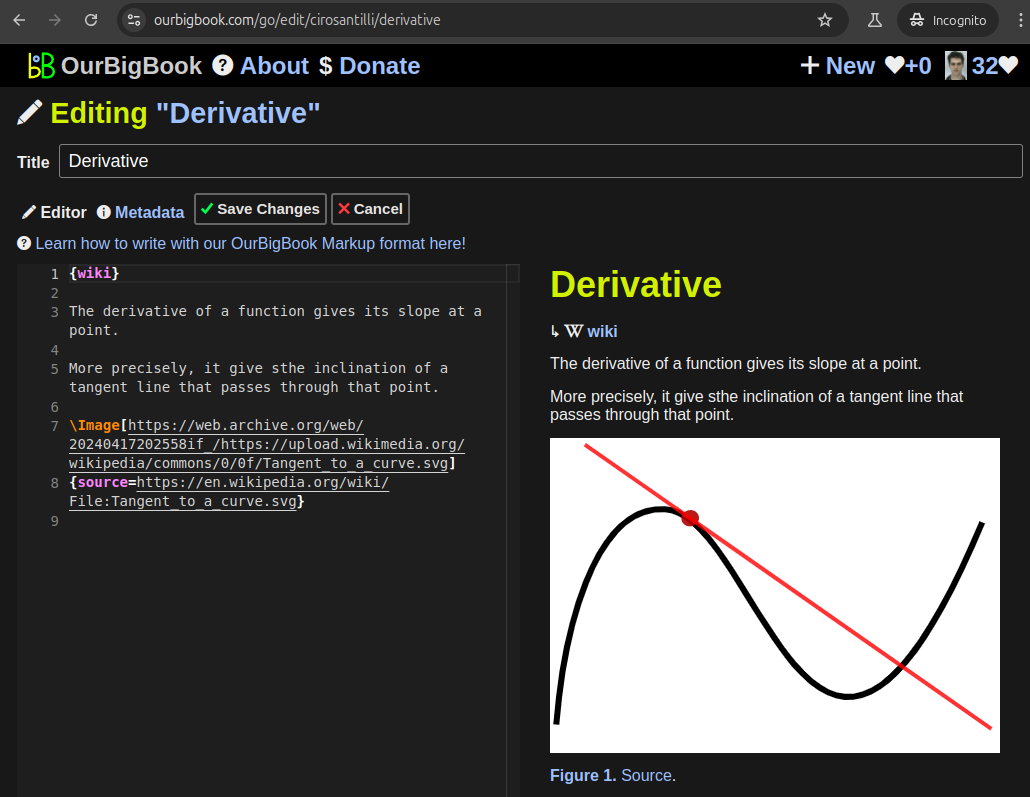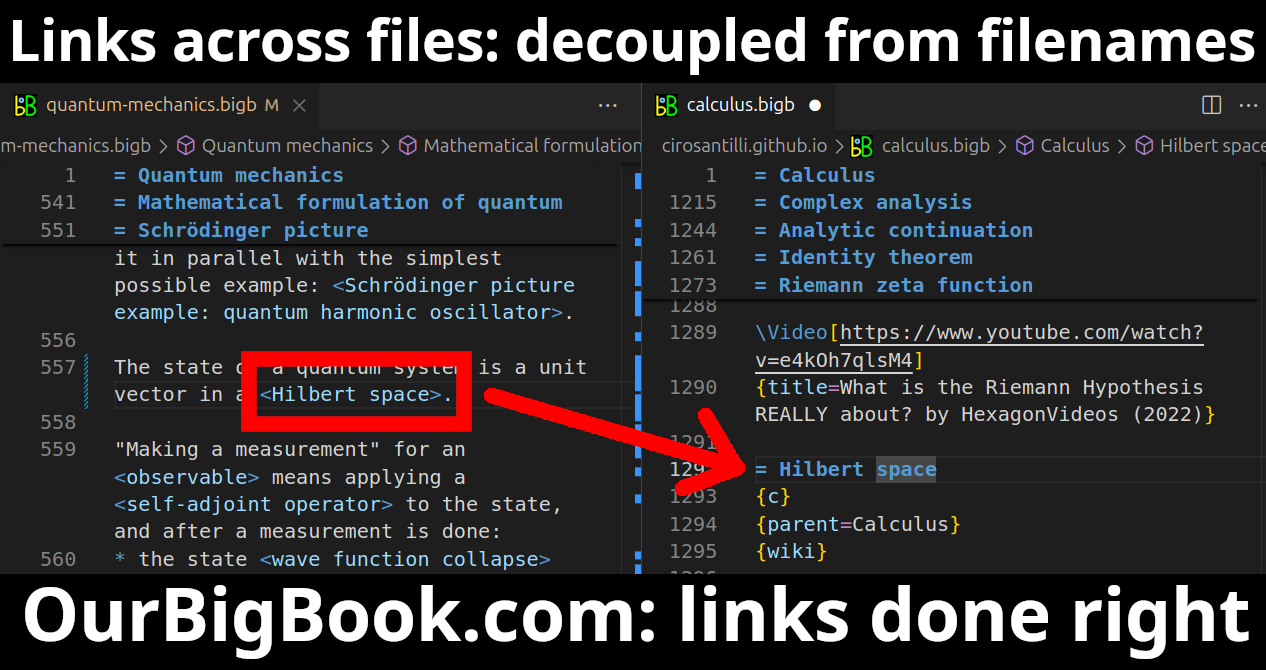A squeezed coherent state is a quantum state of light that exhibits properties of both coherent states and squeezed states. To understand these concepts, let's break them down: 1. **Coherent States**: Coherent states \( |\alpha\rangle \) are specific quantum states of the electromagnetic field that closely resemble classical light. They are characterized by a well-defined phase and amplitude, represented by the complex parameter \(\alpha\).
Philip Abelson (1918-2004) was an American physicist, known for his contributions to various fields, including nuclear physics and molecular biology. He played a pivotal role in the development of the first nuclear reactor and was also involved in the research that led to the discovery of the element neptunium. Abelson was a prominent figure at the Carnegie Institution for Science and served as the editor of the journal "Science" for many years.
Ramona Vogt is a fictional character from the "Guilty Gear" video game series, which is known for its unique art style, deep lore, and complex characters. Within the series, Ramona has been portrayed in various ways, including as a fighter with specific abilities and a backstory that ties into the overarching narrative of the game.
Richard Duffin is a mathematician known for his contributions to the fields of mathematics, particularly in areas like functional analysis, optimization, and differential equations. He has authored or co-authored numerous research papers and may have had a significant impact on both pure and applied mathematics.
Richard E. Berendzen is an American astronomer and physicist known for his work in the field of astronomy and education. He has served in various academic roles, including as a professor and administrator at several universities. Berendzen is recognized for his contributions to public understanding of science, as well as his involvement in promoting science education.
Robert A. Gross is a physicist known for his contributions to the fields of condensed matter physics and materials science. He has been involved in research related to the properties of novel materials and the development of technologies based on these materials. His work often explores the interactions between electronic properties and various physical phenomena, which can be relevant in areas such as semiconductors, superconductors, and nanotechnology.
Robert E. Vardeman is an American author known for his work in science fiction and fantasy, as well as military fiction and historical novels. He has written under his own name and also collaborated with other authors. Vardeman is recognized for his ability to create engaging narratives, often incorporating elements of technology and adventure. His bibliography includes a wide range of titles, some of which are part of established series or franchises.
Robert Ehrlich is an American physicist known for his work in various areas of physics, including physics education and the public understanding of science. He has been a professor at George Mason University and has contributed to research in fields such as nuclear physics and particle physics. Ehrlich is also recognized for his efforts in promoting science education and improving the teaching of physics at both the high school and university levels.
Loop quantum gravity (LQG) is a theoretical framework that aims to reconcile general relativity (GR) and quantum mechanics (QM) into a theory of quantum gravity. Its development has a rich history that spans several decades, marked by significant contributions from various physicists. Here’s an overview of its timeline and key milestones: ### 1.
LUGNET, or the LEGO User Group Network, is an online community and resource hub for LEGO enthusiasts, particularly those who participate in or organize LEGO-related events, discussions, and activities. It serves as a platform for fans of LEGO to connect, share ideas, showcase their creations, and collaborate on projects. The network includes various user groups that represent different geographical locations and interests within the LEGO fandom.
CACNG4, or Calcium Voltage-Gated Channel Auxiliary Subunit Gamma 4, is a gene that encodes a protein involved in the regulation of calcium channels. Specifically, it is a part of the auxiliary subunit family of voltage-gated calcium channels. These channels play crucial roles in various physiological processes, including muscle contraction, neurotransmitter release, and gene expression.
Loop quantum cosmology (LQC) is a theoretical framework that applies the principles of loop quantum gravity (LQG) to cosmological models, particularly in the context of the early universe. LQG is a theory that attempts to unify general relativity and quantum mechanics, particularly in the realm of gravity. In LQG, spacetime is quantized, meaning that it is described in terms of discrete structures rather than continuous ones.
A steam rocket is a type of rocket that uses steam as its propulsion mechanism. The concept is based on the principles of steam engines and thermodynamics. In a steam rocket, water is heated to generate steam, which then expands and is expelled through a nozzle to produce thrust.
The FIRST Championship is an annual event organized by FIRST (For Inspiration and Recognition of Science and Technology), a non-profit organization aimed at inspiring young people's interest and participation in science and technology through robotics competitions. The championship typically serves as the culmination of several FIRST robotics competition seasons, including FIRST Robotics Competition (FRC), FIRST Tech Challenge (FTC), and FIRST Lego League (FLL), among others. During the FIRST Championship, teams from around the world come together to compete in their respective categories.
Lego-Brücke, or "Lego Bridge," refers to a project or activity involving the construction of bridges using LEGO bricks. This concept is often used in educational settings to teach principles of engineering, architecture, and physics. Participants, such as students, are encouraged to design and build their own bridges, which can be tested for strength and stability. The projects can vary from simple bridge designs to more complex structures, and they often incorporate competition elements, such as weight-bearing tests or aesthetic evaluations.
Lego House, located in Billund, Denmark, is an interactive experience center dedicated to the LEGO brand and its creative potential. Opened in September 2017, it serves as a celebration of creativity, play, and learning, offering a range of activities and exhibits centered around LEGO bricks. The facility is designed to resemble a stack of oversized LEGO bricks and includes various interactive zones where visitors can engage in hands-on building activities, explore different themes, and participate in creative challenges.
The Lego Group is a privately held company based in Denmark, known primarily for its production of LEGO-branded toys. Founded in 1932 by Ole Kirk Christiansen, the company originally manufactured wooden toys and household items before shifting focus to plastic building bricks in 1949. The iconic interlocking plastic bricks, commonly referred to as LEGO bricks, have become popular worldwide, fostering creativity and imagination among children and adults alike.
"Buddy Lee" can refer to a few different things depending on the context. Here are some possibilities: 1. **Buddy Lee (Character)**: In popular culture, Buddy Lee is often known as an advertising character used by the Lee Jeans brand. He is depicted as a rugged and laid-back cowboy persona, representing the brand's durable and stylish denim.
"Jumeau" refers to a brand of French dolls that were produced in the late 19th and early 20th centuries. The most notable aspect of Jumeau dolls is their high quality and craftsmanship, often characterized by realistic facial features, fine porcelain heads, and intricate jointed bodies. These dolls were typically made by the Jumeau company, which was founded by the doll maker Pierre-François Jumeau.
R. John Wright Dolls is a company known for producing handcrafted collectible dolls. Founded by R. John Wright, the company specializes in creating high-quality, artistically designed dolls that often feature intricate details and a high level of craftsmanship. The dolls are typically made from materials such as wool felt, cotton, and other textiles and are often inspired by vintage and classic designs, including characters from literature and popular culture. R.
Pinned article: Introduction to the OurBigBook Project
Welcome to the OurBigBook Project! Our goal is to create the perfect publishing platform for STEM subjects, and get university-level students to write the best free STEM tutorials ever.
Everyone is welcome to create an account and play with the site: ourbigbook.com/go/register. We belive that students themselves can write amazing tutorials, but teachers are welcome too. You can write about anything you want, it doesn't have to be STEM or even educational. Silly test content is very welcome and you won't be penalized in any way. Just keep it legal!
Intro to OurBigBook
. Source. We have two killer features:
- topics: topics group articles by different users with the same title, e.g. here is the topic for the "Fundamental Theorem of Calculus" ourbigbook.com/go/topic/fundamental-theorem-of-calculusArticles of different users are sorted by upvote within each article page. This feature is a bit like:
- a Wikipedia where each user can have their own version of each article
- a Q&A website like Stack Overflow, where multiple people can give their views on a given topic, and the best ones are sorted by upvote. Except you don't need to wait for someone to ask first, and any topic goes, no matter how narrow or broad
This feature makes it possible for readers to find better explanations of any topic created by other writers. And it allows writers to create an explanation in a place that readers might actually find it.Figure 1. Screenshot of the "Derivative" topic page. View it live at: ourbigbook.com/go/topic/derivativeVideo 2. OurBigBook Web topics demo. Source. - local editing: you can store all your personal knowledge base content locally in a plaintext markup format that can be edited locally and published either:This way you can be sure that even if OurBigBook.com were to go down one day (which we have no plans to do as it is quite cheap to host!), your content will still be perfectly readable as a static site.
- to OurBigBook.com to get awesome multi-user features like topics and likes
- as HTML files to a static website, which you can host yourself for free on many external providers like GitHub Pages, and remain in full control
Figure 3. Visual Studio Code extension installation.Figure 4. Visual Studio Code extension tree navigation.Figure 5. Web editor. You can also edit articles on the Web editor without installing anything locally.Video 3. Edit locally and publish demo. Source. This shows editing OurBigBook Markup and publishing it using the Visual Studio Code extension.Video 4. OurBigBook Visual Studio Code extension editing and navigation demo. Source. - Infinitely deep tables of contents:
All our software is open source and hosted at: github.com/ourbigbook/ourbigbook
Further documentation can be found at: docs.ourbigbook.com
Feel free to reach our to us for any help or suggestions: docs.ourbigbook.com/#contact






